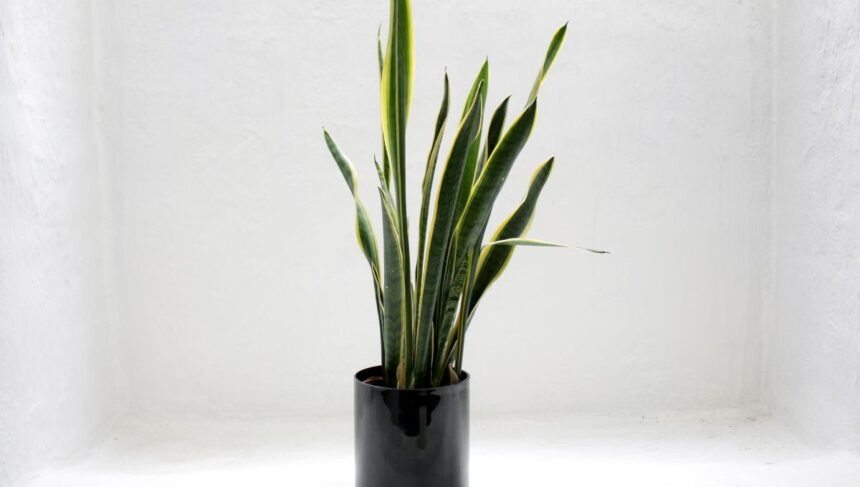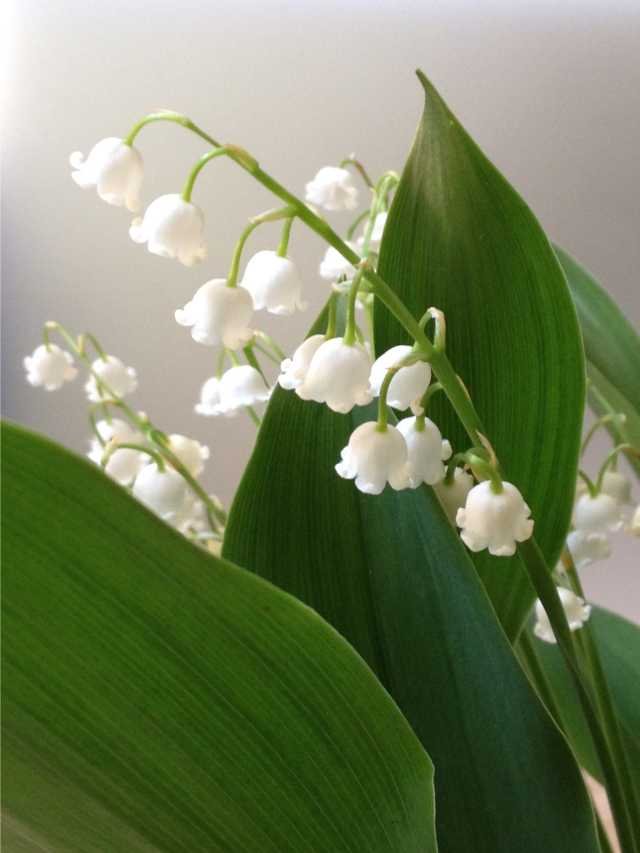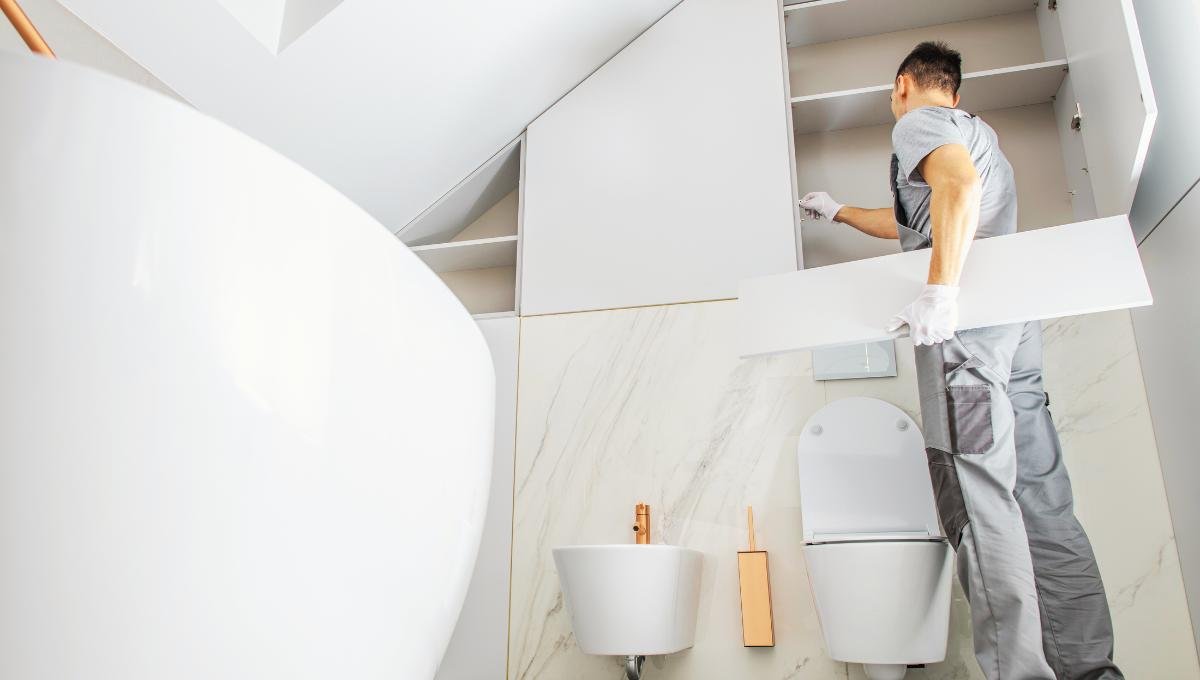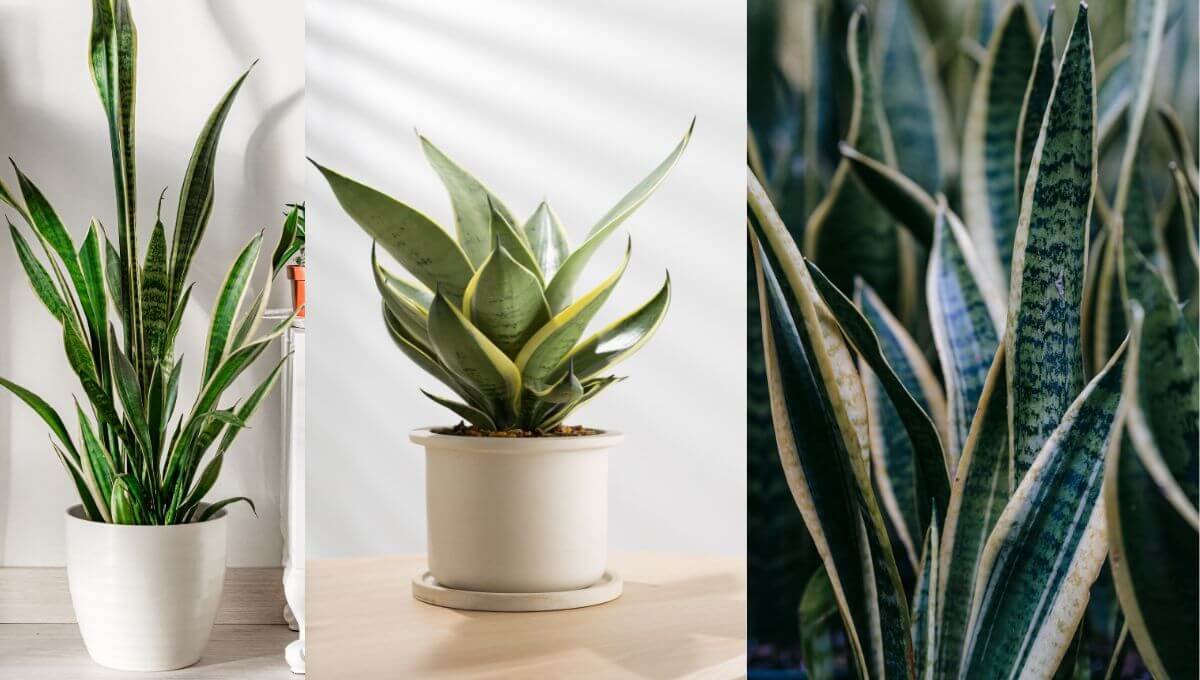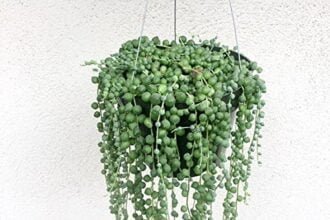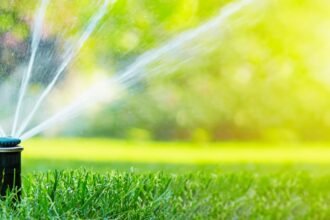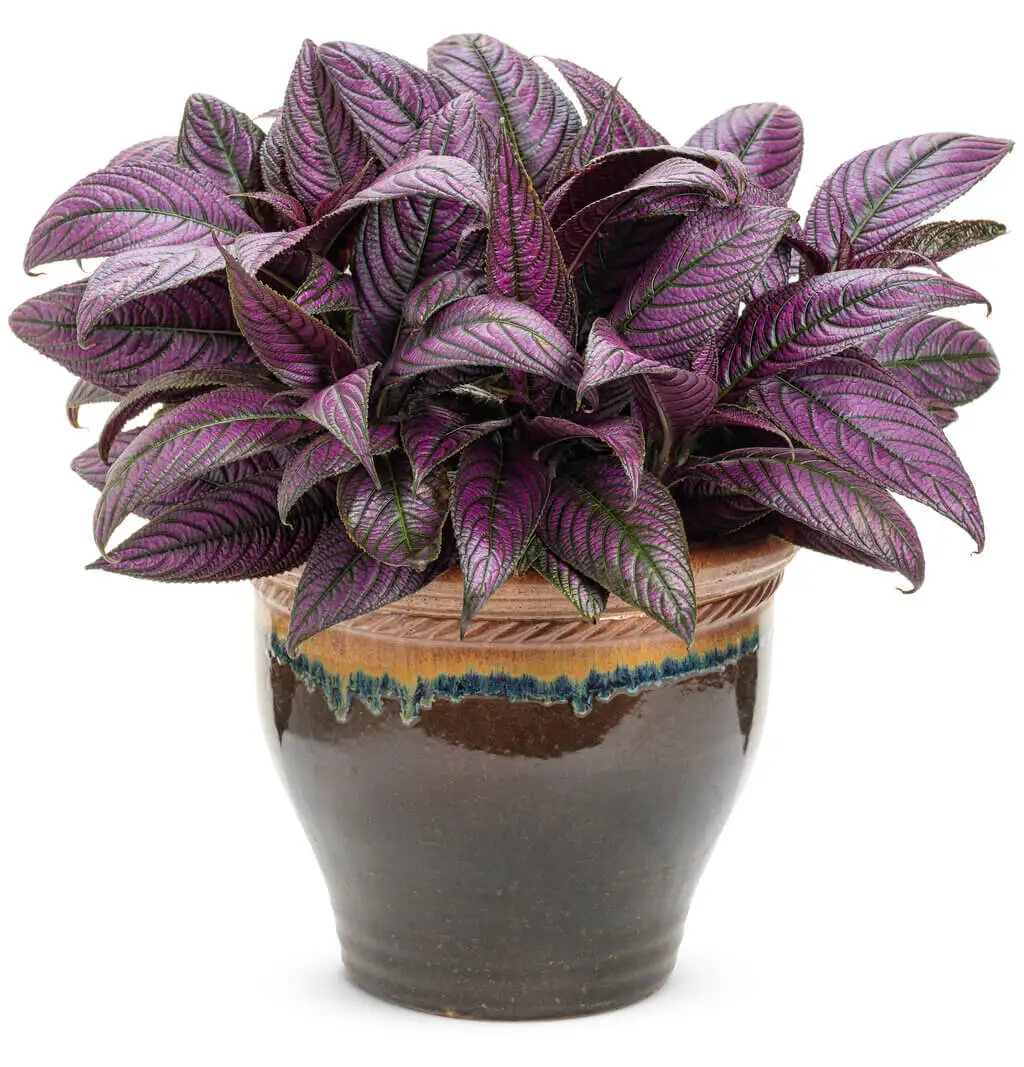Snake plants, also known as Sansevieria or Dracaena trifasciata, are popular houseplants due to their striking appearance, low maintenance, and air-purifying qualities.
Native to West Africa, these plants have adapted to thrive in a variety of conditions, making them a favorite among both novice and experienced plant enthusiasts.
One of the most commonly asked questions about snake plants is whether they prefer wet or dry conditions.
This article explores the optimal watering practices for snake plants, helping you ensure your plant remains healthy and vibrant.
Understanding Snake Plant’s Natural Habitat
To comprehend why snake plants prefer certain moisture levels, it’s essential to look at their natural habitat.
Native to the arid regions of West Africa, snake plants are accustomed to environments with infrequent rainfall. They are adapted to survive long periods of drought, storing water in their thick, succulent leaves.
This adaptation is crucial to their survival in their native habitat and directly influences their care needs in a home setting.
Do Snake Plants Like to Be Wet or Dry?
The Basics of Watering Snake Plants
Snake plants prefer to be kept on the drier side rather than being consistently wet. Overwatering is one of the most common problems encountered with snake plants and can lead to root rot, a condition that can quickly kill the plant.
Conversely, these plants are highly tolerant of dry conditions, thanks to their ability to store water in their leaves.
Why Snake Plants Prefer Dry Conditions
- Adaptation to Arid Environments: As mentioned earlier, snake plants originate from regions with sparse rainfall. Their root systems are designed to absorb moisture quickly when it is available and then store it in their leaves for extended periods.
- Root Rot Prevention: Excess moisture in the soil can lead to root rot, a fungal condition that causes the roots to decay. This disease is one of the primary reasons snake plants die prematurely. Dry conditions help prevent the growth of these harmful fungi.
- Dormancy Periods: During the winter months, snake plants enter a period of dormancy where their growth slows significantly. During this time, their water requirements decrease, and they benefit from being watered less frequently.
Optimal Watering Practices for Snake Plants
How Often Should You Water?
The frequency of watering your snake plant depends on various factors such as the plant’s size, the potting medium, and the environmental conditions (temperature, humidity, and light levels). However, a general rule of thumb is to water your snake plant every 2-6 weeks.
The Soil Test Method
A reliable way to determine when to water your snake plant is the soil test method. Insert your finger into the soil up to the second knuckle (about 2 inches deep). If the soil feels dry at this depth, it’s time to water. If it still feels moist, wait a few more days before checking again.
Watering Techniques
- Bottom Watering: This method involves placing the plant pot in a tray filled with water and allowing the soil to absorb moisture from the bottom. This ensures that the water reaches the roots evenly and helps prevent overwatering.
- Top Watering: When watering from the top, pour water onto the soil slowly until it begins to drain out of the bottom of the pot. This method is effective but requires more attention to ensure that the plant is not overwatered.
- Avoiding Water Stagnation: Ensure that the pot has drainage holes to prevent water from accumulating at the bottom. Stagnant water can lead to root rot and other issues.
Seasonal Adjustments
Snake plants require less water during the winter months when they are not actively growing. Reduce the frequency of watering during this period, ensuring that the soil is allowed to dry out completely between waterings.
Signs of Overwatering and Underwatering
Overwatering Symptoms
- Yellowing Leaves: One of the first signs of overwatering is yellowing leaves. This occurs because the roots are suffocating and unable to transport nutrients effectively.
- Soft, Mushy Leaves: Excessive moisture can cause the leaves to become soft and mushy. This is a sign of advanced root rot and needs immediate attention.
- Foul Odor: A foul, musty odor coming from the soil is an indication of root rot and decaying plant matter.
Underwatering Symptoms
- Wrinkled Leaves: When a snake plant is underwatered, its leaves may start to wrinkle or curl as they lose turgor pressure.
- Brown Leaf Tips: Dry, brown tips on the leaves are a common sign of underwatering or extremely dry conditions.
- Slow Growth: While slow growth can be normal during the winter, if your plant shows little to no growth during the growing season, it may be a sign that it’s not receiving enough water.
Best Practices for Snake Plant Care
How to Choose the Right Pot and Soil
- Pot Selection: Choose a pot with adequate drainage holes to prevent water from accumulating at the bottom. Terracotta pots are an excellent choice as they allow moisture to evaporate more effectively than plastic pots.
- Soil Mix: Use a well-draining soil mix. A cactus or succulent potting mix is ideal for snake plants as it allows excess water to drain quickly.
Light and Temperature Requirements
- Light: Snake plants thrive in bright, indirect light but are also highly adaptable to low-light conditions. However, they should be kept out of direct sunlight, which can scorch their leaves.
- Temperature: These plants prefer temperatures between 70-90°F (21-32°C) but can tolerate a range of conditions. They should be protected from cold drafts and temperatures below 50°F (10°C).
Humidity Considerations
Snake plants are not particularly sensitive to humidity and can thrive in average household humidity levels. However, extremely high humidity can increase the risk of fungal infections, so ensure good air circulation around your plant.
Common Mistakes to Avoid
- Overwatering: The most common mistake is overwatering. Always ensure the soil is dry before watering again.
- Using the Wrong Soil: Using heavy, water-retentive soil can lead to poor drainage and root rot. Always use a well-draining potting mix.
- Ignoring Seasonal Changes: Adjust your watering schedule according to the season. Snake plants need less water during the winter months.
- Lack of Drainage: Ensure your pot has drainage holes to prevent water from sitting at the bottom, which can lead to root rot.
Conclusion
Understanding the watering needs of your snake plant is crucial for its health and longevity. These resilient plants prefer to be kept on the drier side, mimicking the conditions of their native arid habitats.
By following proper watering techniques, choosing the right pot and soil, and adjusting care based on seasonal changes, you can enjoy a thriving snake plant in your home.
Avoid common pitfalls such as overwatering and ensure that your plant’s roots are allowed to breathe, and your snake plant will reward you with its striking beauty and air-purifying benefits for years to come.

